Windows Has Restarted Your GPU: Why It Happens & Fix
Outdated OS can cause Windows to restart GPU driver
4 min. read
Updated on
Read our disclosure page to find out how can you help Windows Report sustain the editorial team. Read more
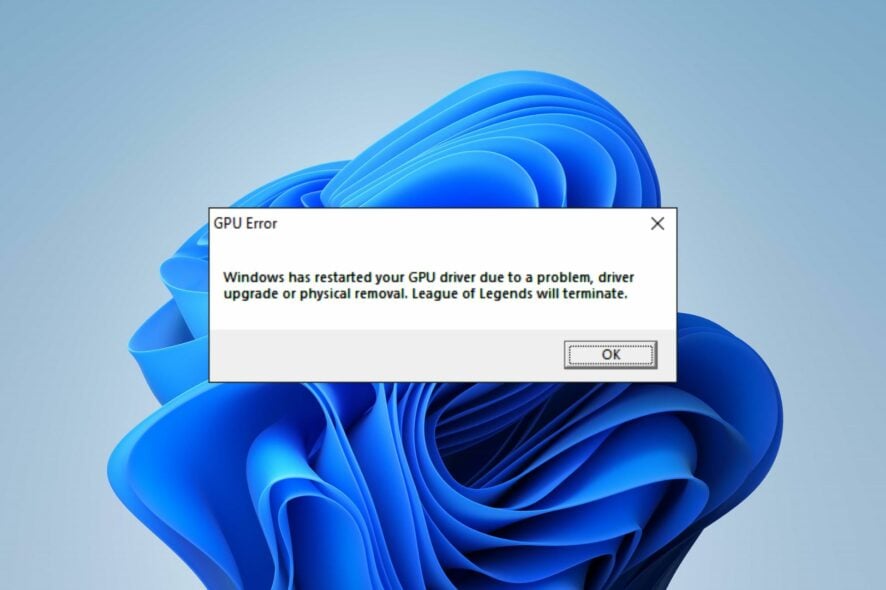
We all know how frustrating it can be when faced with Windows has restarted your GPU driver due to a problem.
Users experience Windows restarting their GPU driver mainly due to a problem. Outdated or corrupt graphics drivers to outdated OS, unnecessary background apps, overclocking issues or physical damage to the CPU can also lead to the error.
How do I fix Windows restarting my GPU driver error?
1. Update your operating system
- Click on the Start button.
- Select Settings from the drop-down and click on Windows Update.
- On the Windows Update tab, select Check for updates (if there are any updates available, Windows will search for and install them).
Updating your OS can fix bugs affecting your PC and causing it to restart the GPU driver.
In case you run into issues with the Windows update, we recommend you check our guide on how to fix Windows updates & security issues on your PC.
2. End Tasks for unnecessary programs
- Click on the Start button, input Task Manager and select launch.
- Select the CPU and Memory usage option in the Task Manager.
- Select the applications using lots of CPU resources and memory space on your PC.
- Click on the End Task option from the drop-down and click OK to confirm the process.
We recommend that you restart your computer to help it sync the changes effectively, then check if the issue has been resolved.
Also, you can refer to our article on Task Manager not working correctly and what you can do to get it working.
Alternatively, giving high priority to games like League of Legends in the Task Manager can fix GPU issues that may occur during the game. Hence, read how to prioritize specific apps in the Task Manager to improve performance.
3. Update the graphics driver
- Press the Windows + R keys simultaneously to prompt the Run window.
- Type the following into the search space: devmgmt.msc, and click OK.
- Click on the Display adapters from the search results.
- Select the display driver you want to update from the drop-down, then right-click on it.
- Click the Update driver software option, then select Search automatically for drivers.
Wait for Windows to search and install the driver updates. Restart your computer after the update process is complete, then check if the issue persists.
Additionally, if no updates are found, we recommend trying a tool that specializes in updating drivers such as PC HelpSoft Driver Updater which gets its updates directly from the manufacturer.
⇒ Get PC HelpSoft Driver Updater
4. Disable Intel’s overclocking Technology
- Click on the Start button, input Control, and select the Control Panel.
- Select Hardware and Sound from the menu and click on Power Options.
- Click on Change Plan settings.
- Click on Change advanced power settings to open the Power Options tab.
- Expand the Processor power management option.
- Click on the Maximum processor state tab and set the values for both On battery and Plugged in as 99%.
- Click on the Apply button, then OK to save the changes.
Restart your PC to initiate the changes.
Underclocking your GPU will help improve its performance and can fix issues affecting it. Hence, check how to safely underclock your GPU without affecting your computer.
5. Replace your GPU
This solution is the last you should consider as it requires technical expertise. Replacing your GPU will fix the error: Windows has restarted your GPU driver due to a driver upgrade or physical removal.
A faulty GPU affects its performance and can also result in other issues with the computer. You may encounter the AGP_GART_CORRUPTION error.
However, we have a detailed list of the best graphics cards for gaming that you can buy. For users who’d like to use external GPUs instead, check our article about the best USB-C external GPUs you can get for your PC.
Conclusively, issues with the GPU can cause other problems like game stuttering on Windows 11 and others. We recommend you check the link above to see how you can fix the problem.
For more questions or if you have other suggestions, kindly drop them in the comments section. We’d like feedback from you.
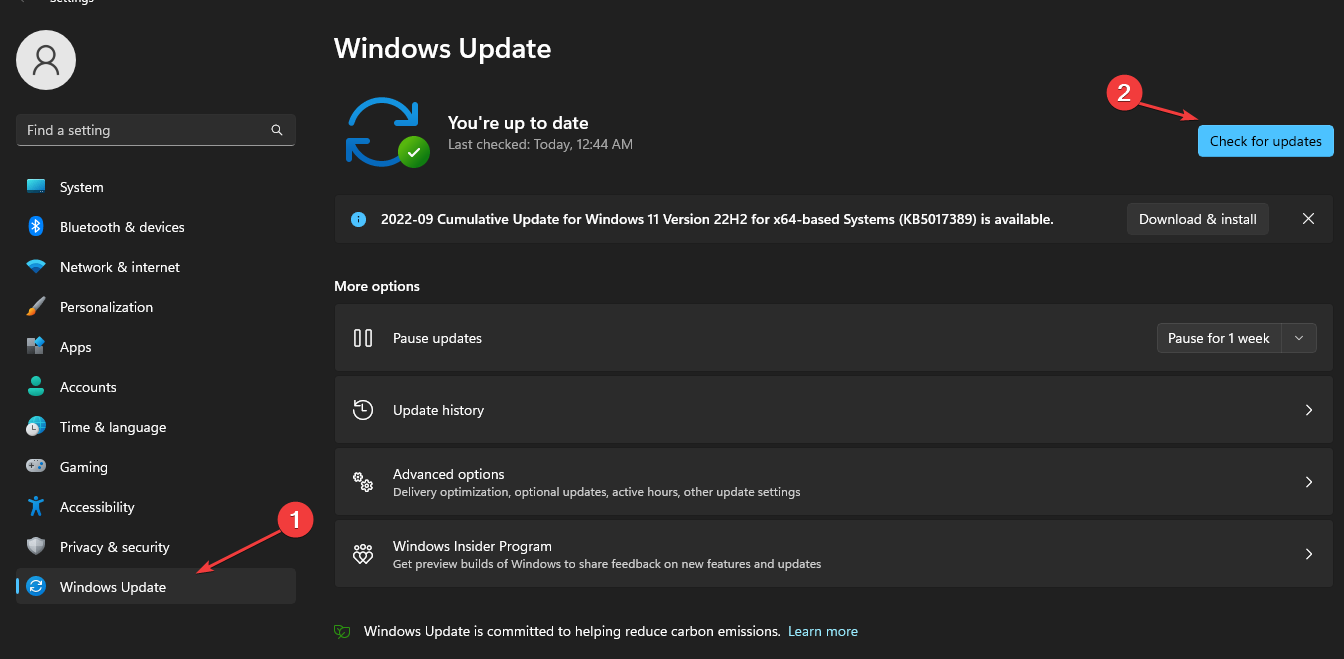


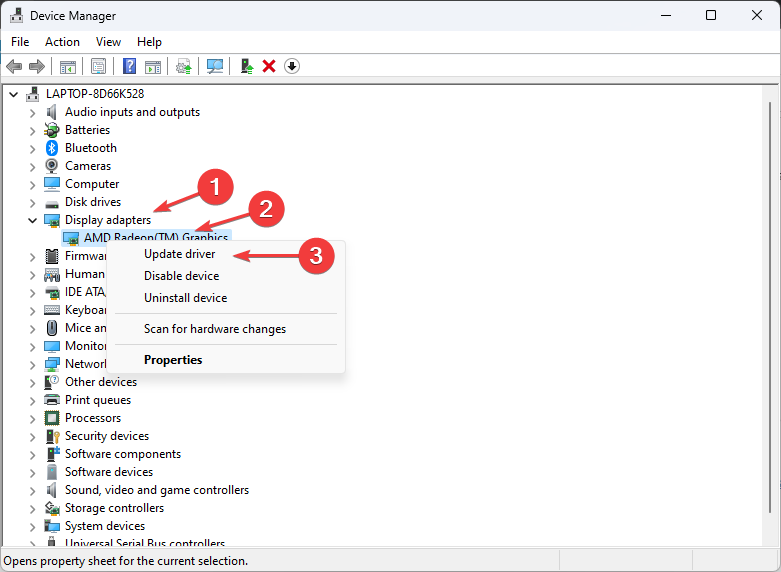
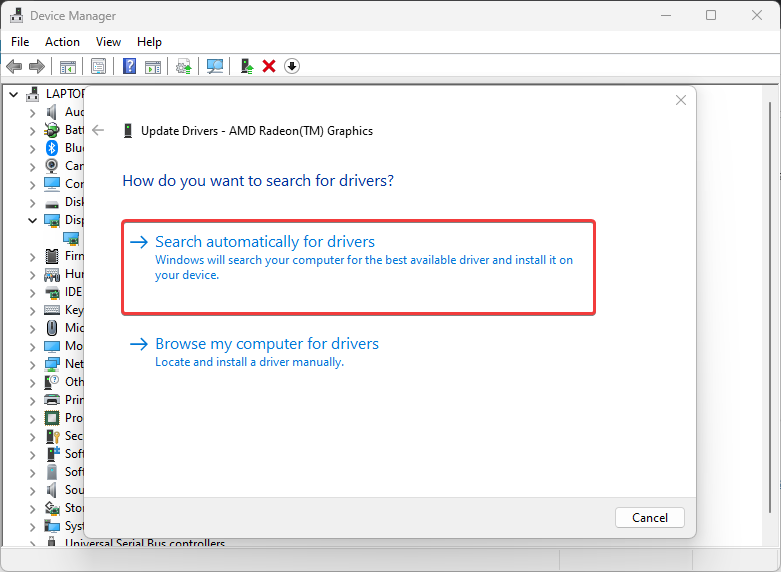

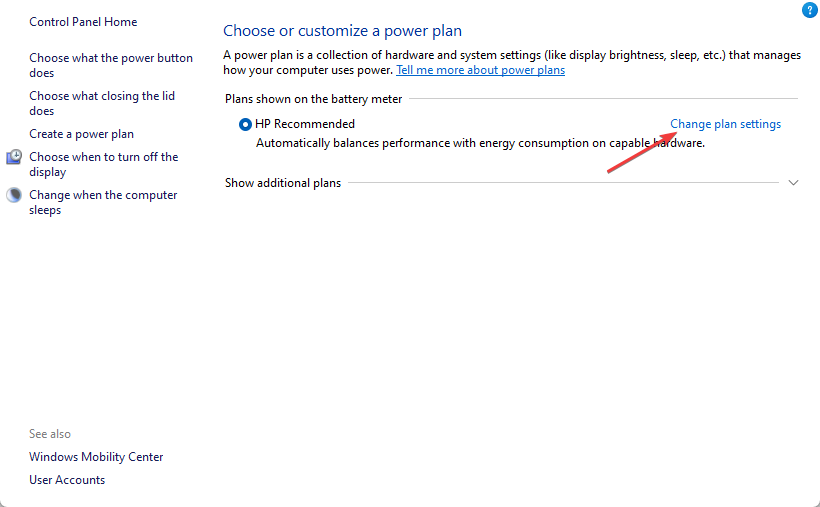
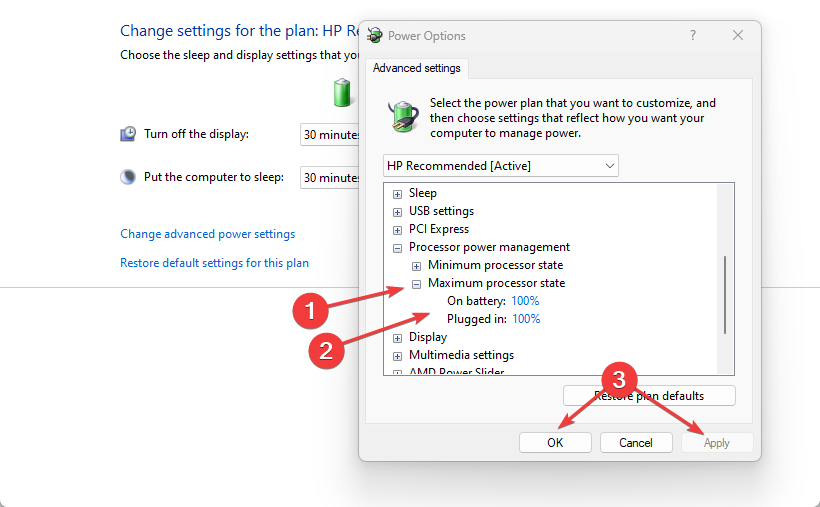
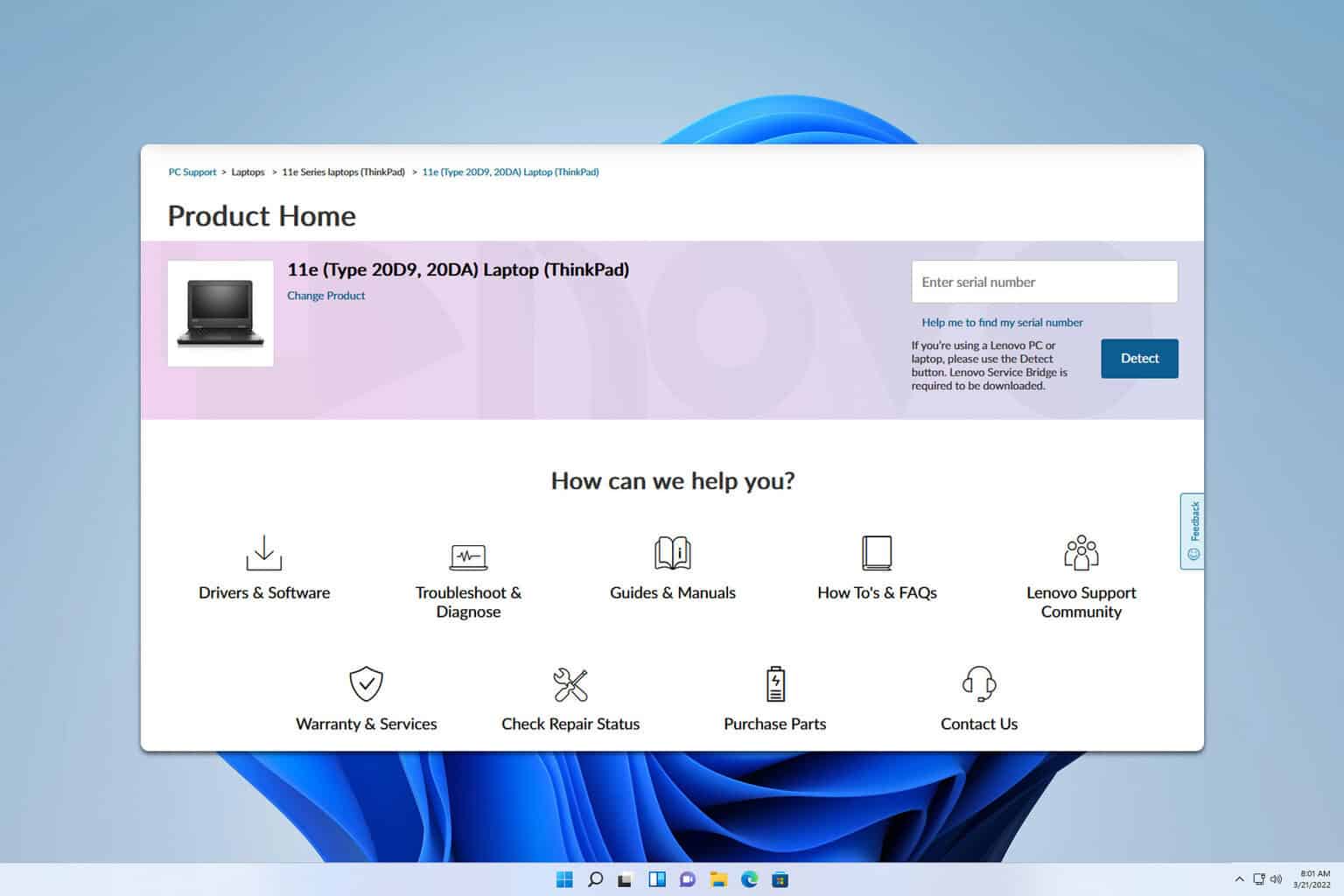
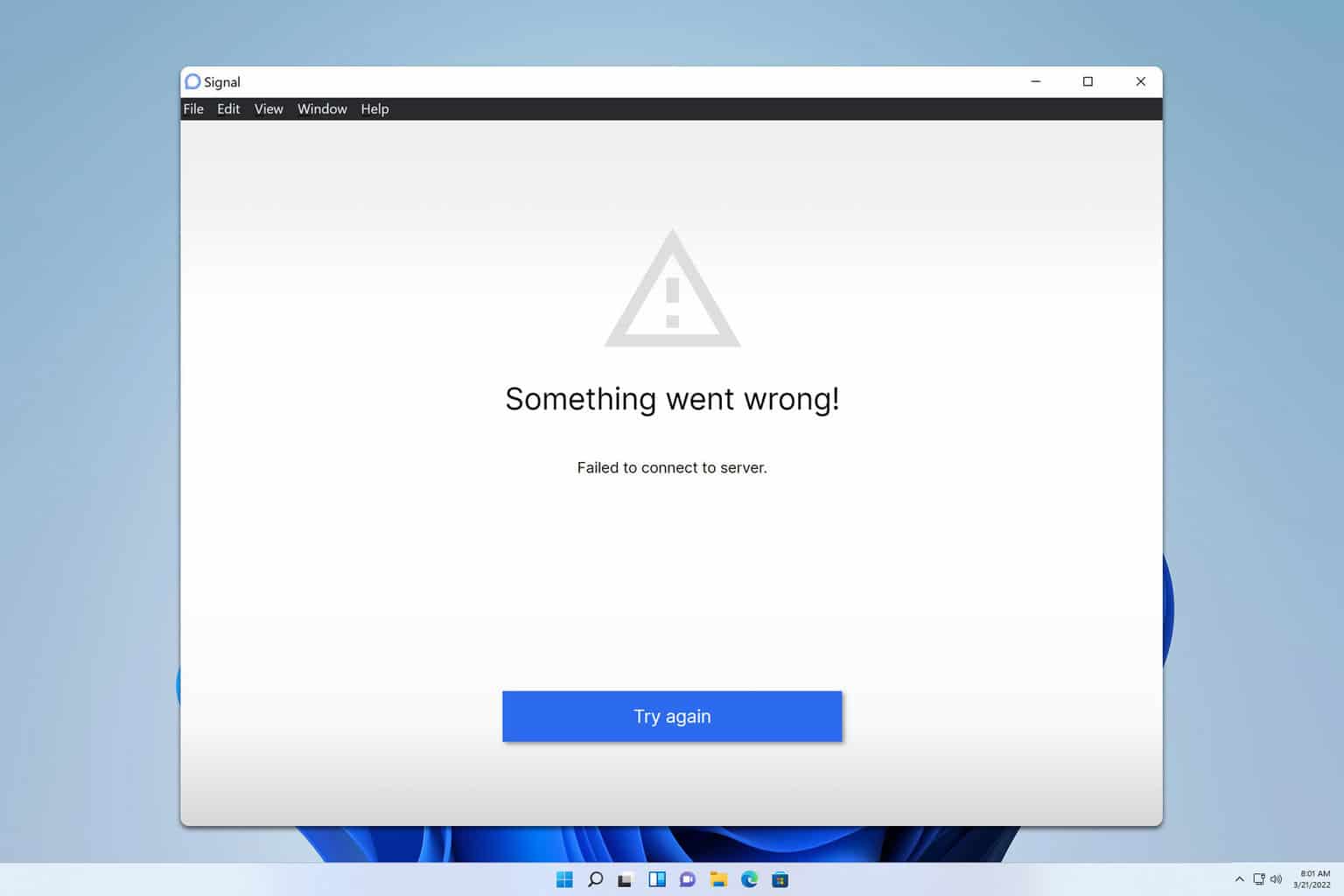
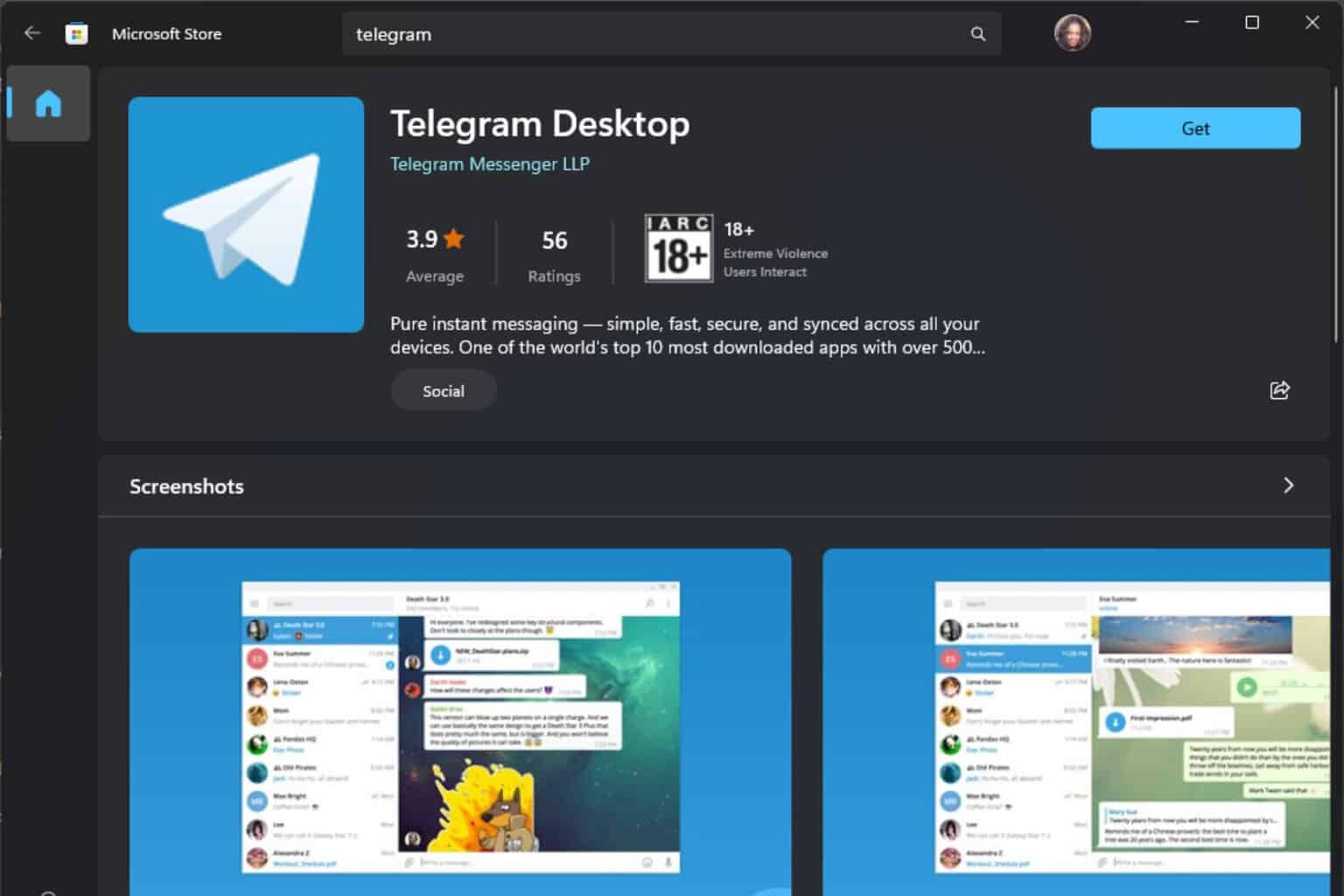
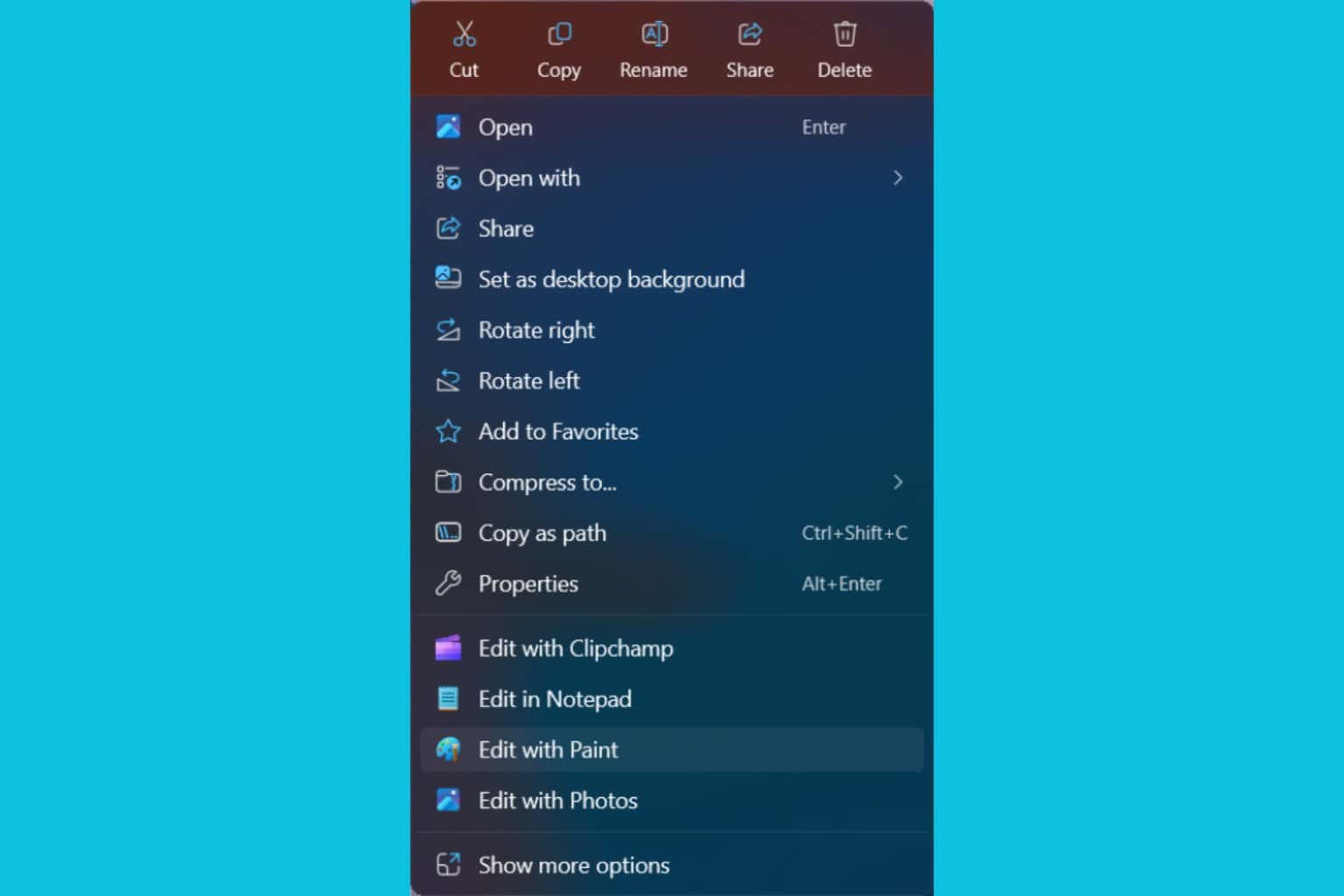


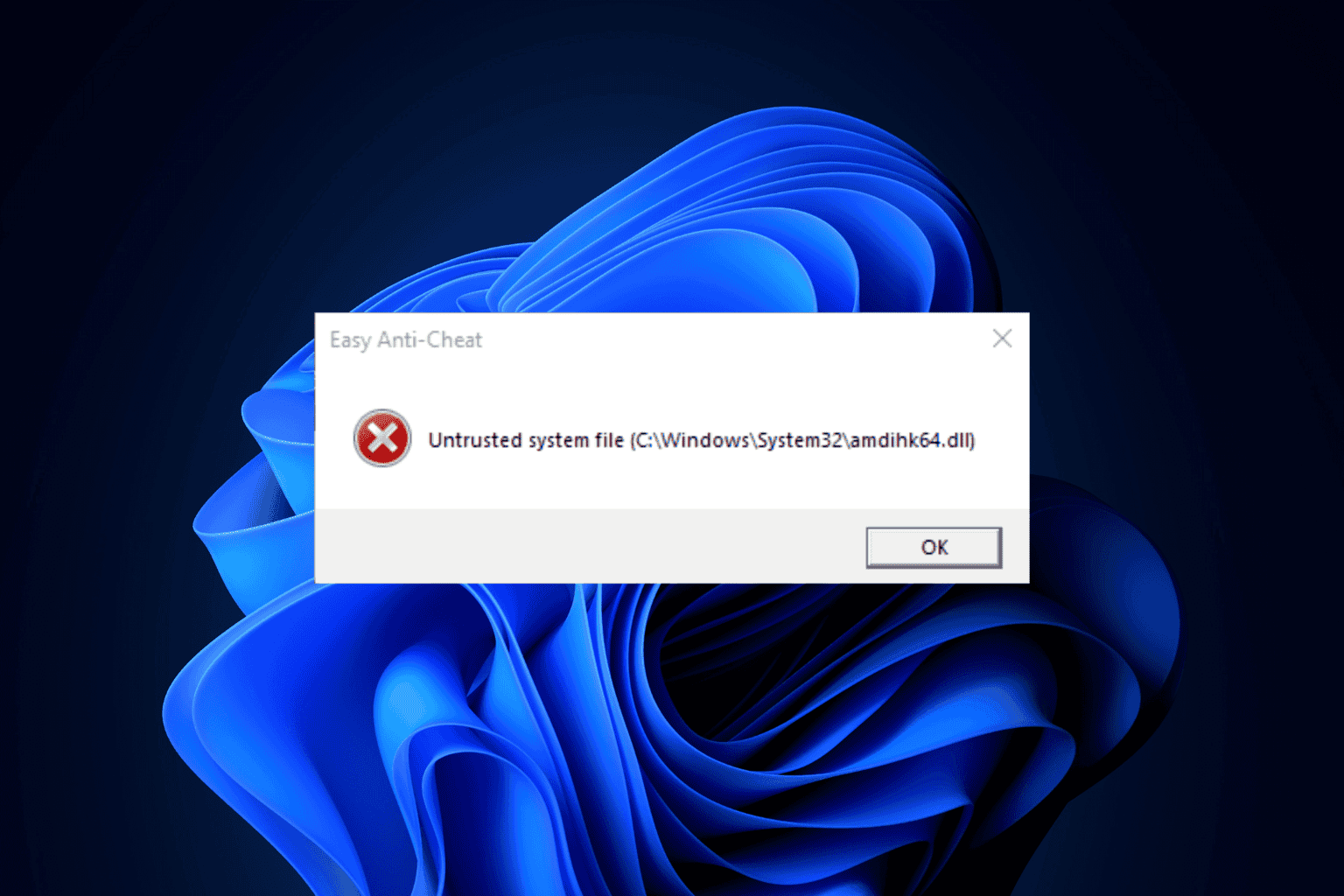
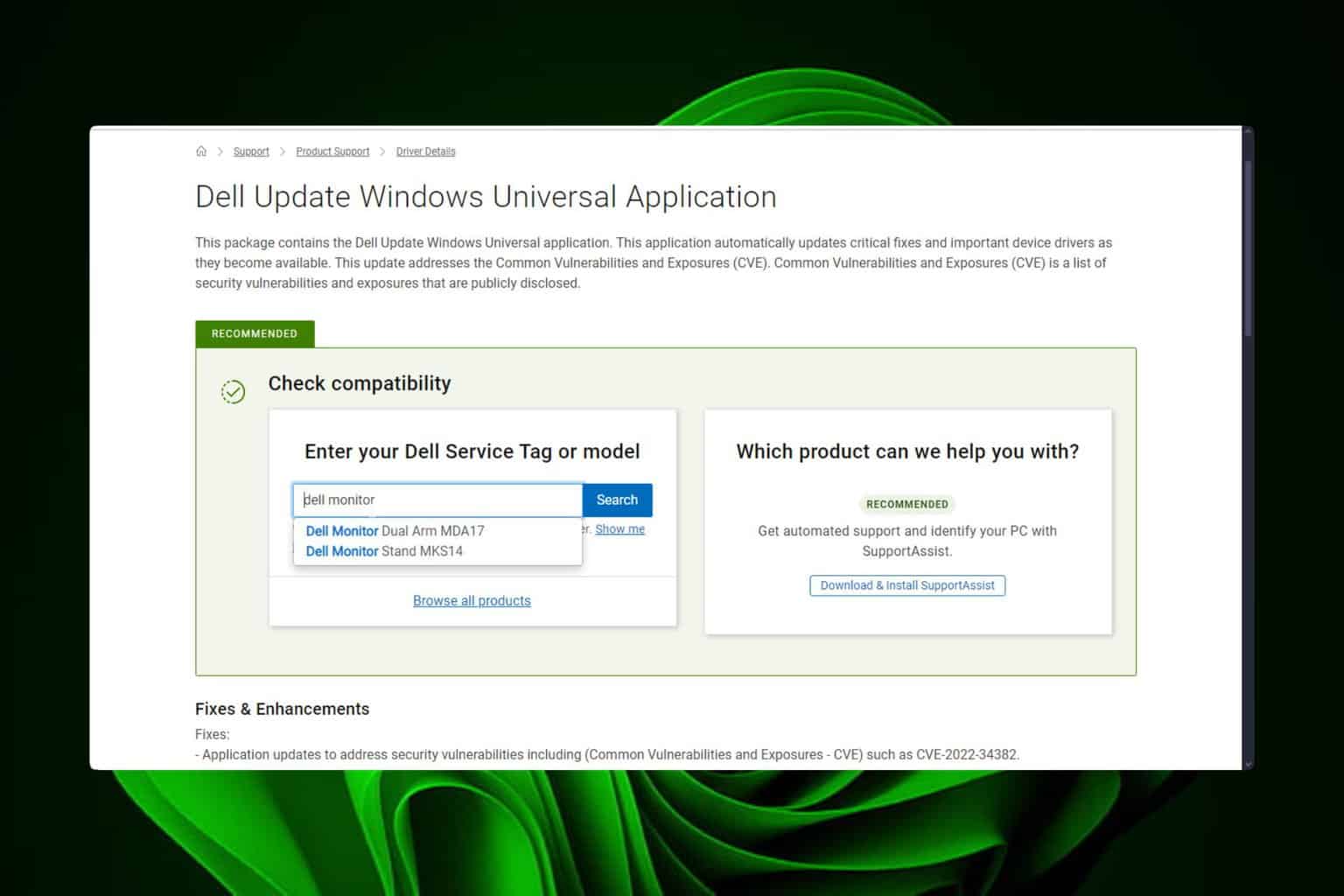
User forum
0 messages